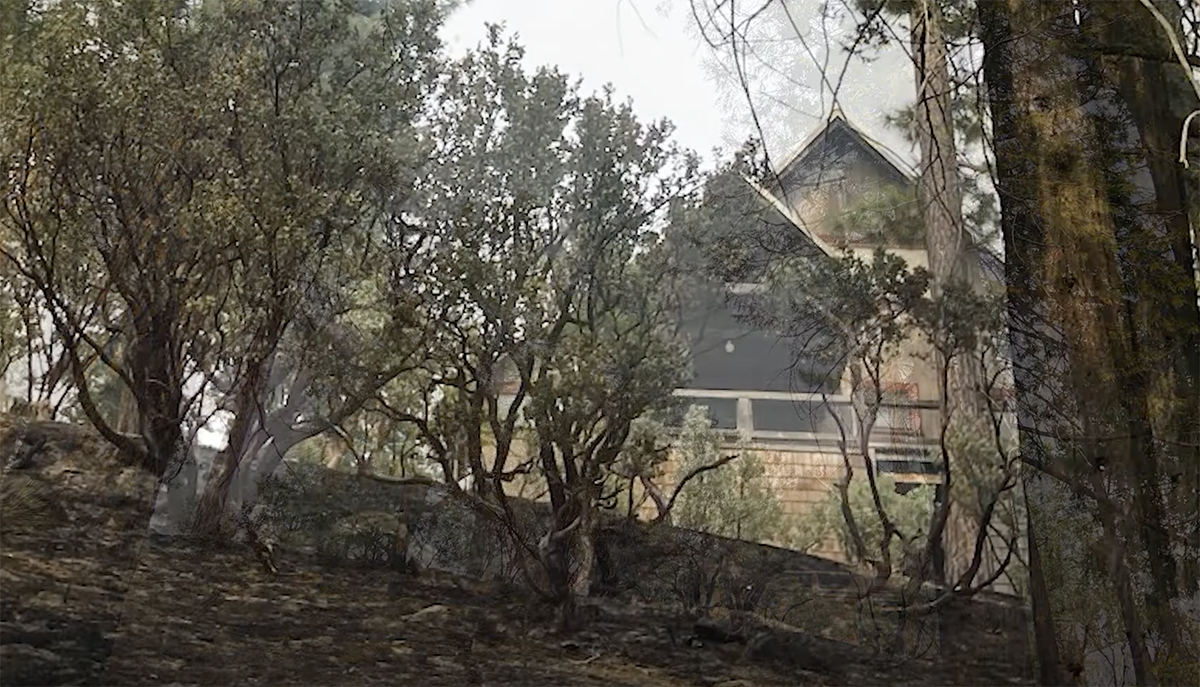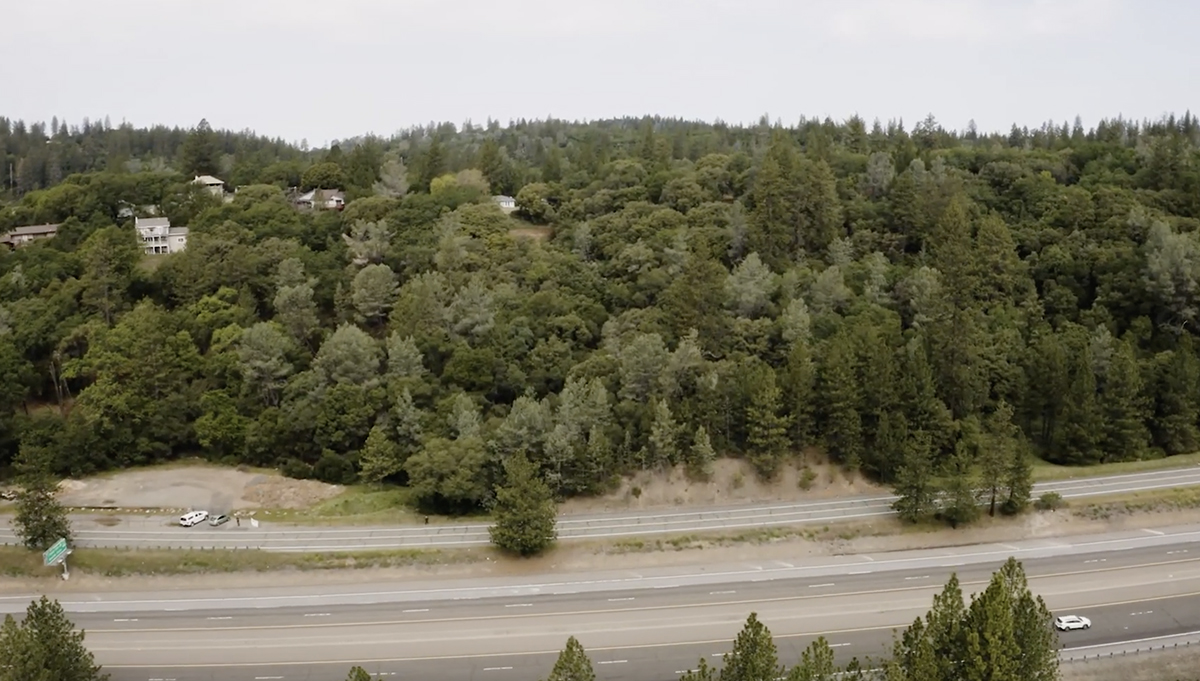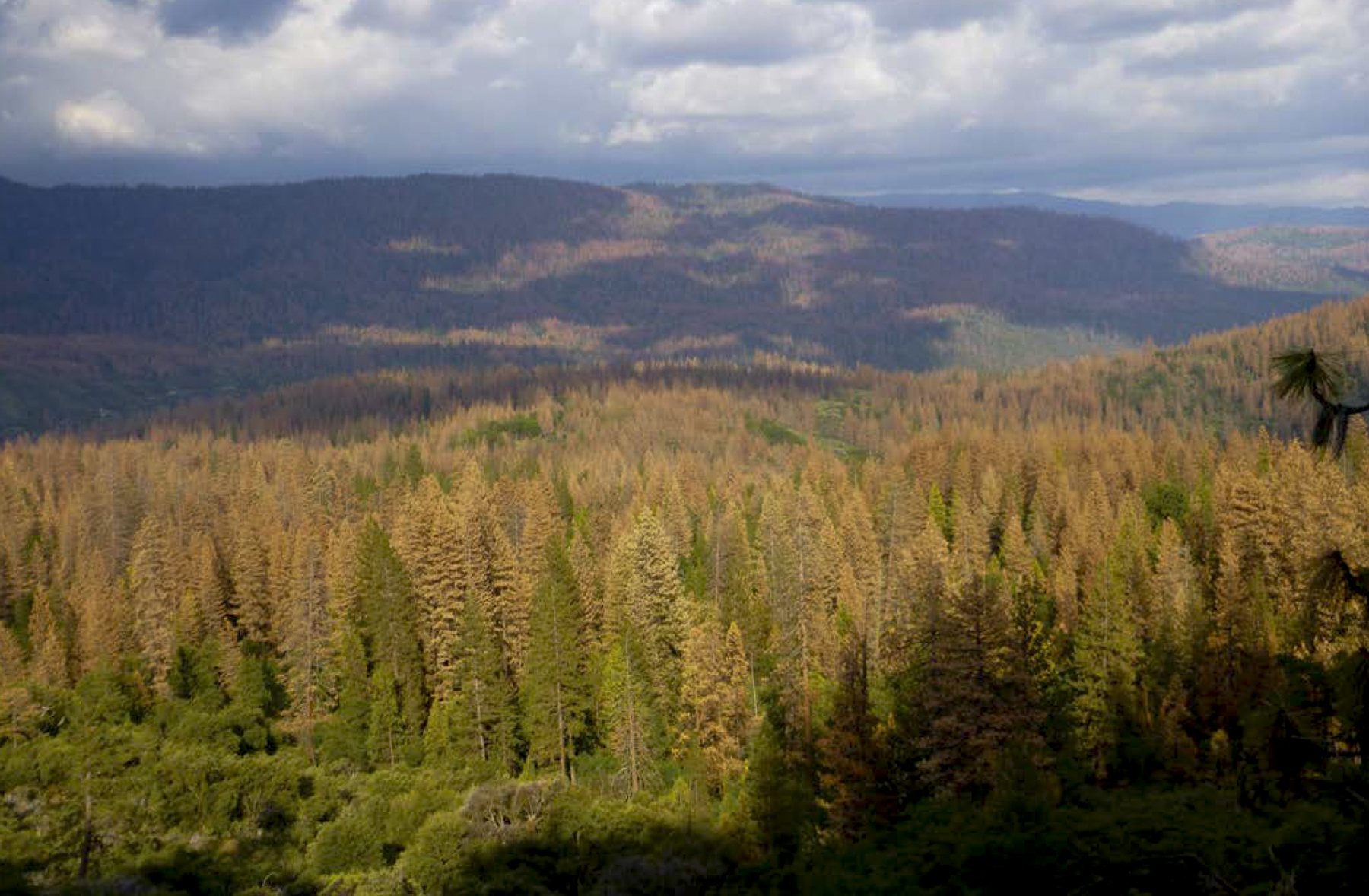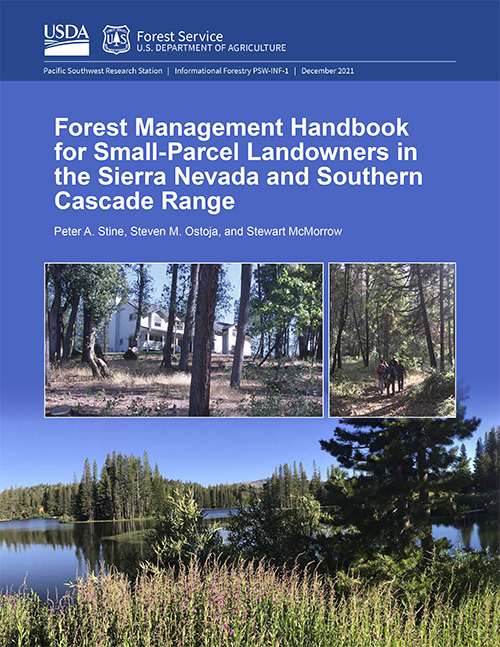Preparing to Apply for Community Wildfire Defense Grants
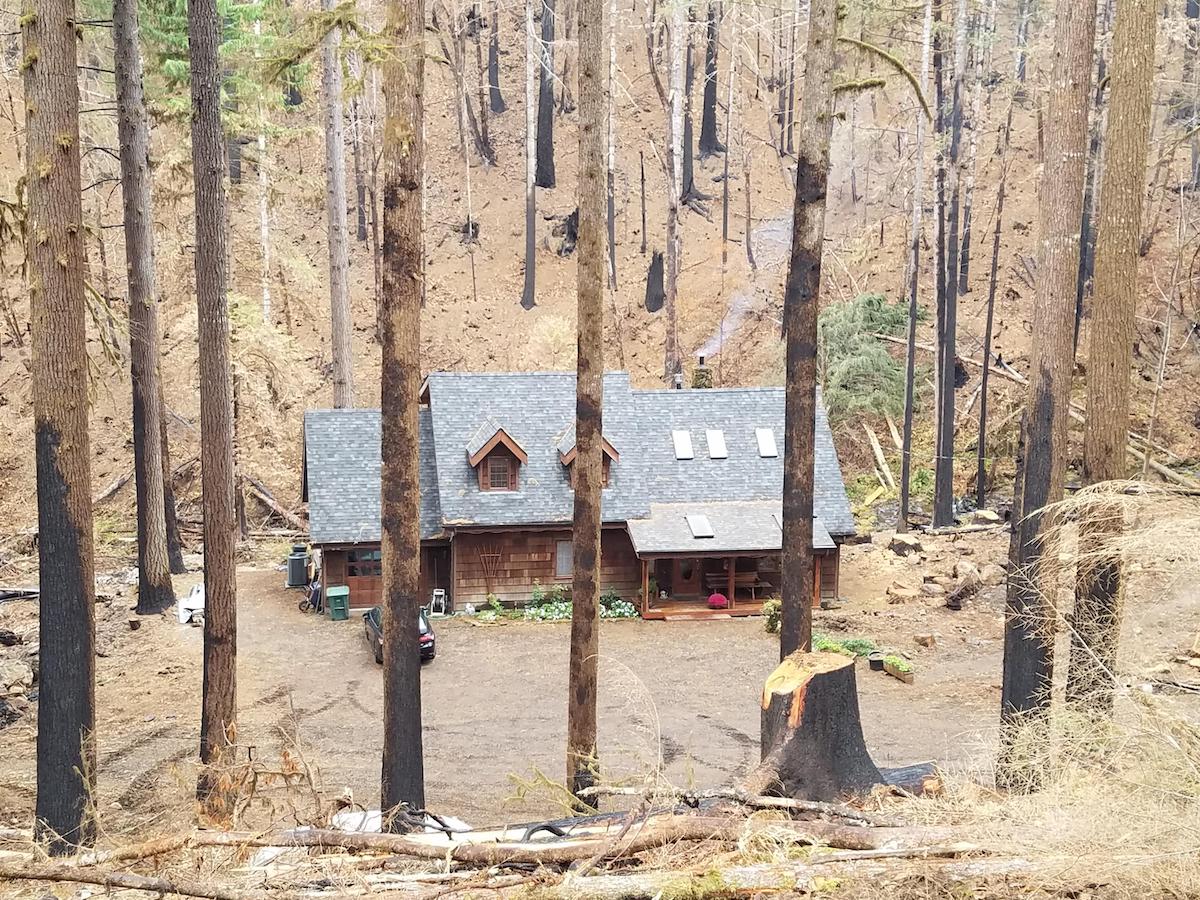
Preparing to Apply for Community Wildfire Defense Grants
The Wildfire and Forest Resilience Action Plan calls for increasing assistance programs and partnerships to help local communities reduce risk, improve preparedness and foster resilience.
The Fire Adapted Communities Network and Headwaters Economics have created a primer designed to help communities navigate the U.S. Forest Service’s recently launched a Community Wildfire Defense Grant (CWDG) Program.
RESOURCES
California Fire Safe Council: Community Wildfire Protection Plans
USFS Wildfire Defense Grants
OPR Releases Wildfire Technical Advisory and WUI Planning Guide

OPR Releases new resources: Fire Hazard Planning Technical Advisory and WUI Planning Guide
In an important step forward on two key requirements in the Task Force Action plan, the Governor’s Office of Planning and Research (OPR) today published new resources to support local agencies and communities as they plan for wildfire at the community scale.
The first is OPR’s updated Fire Hazard Planning Technical Advisory (TA) which helps cities and counties address and reduce wildfire risk in their general plans. They also released the Wildland-Urban Interface (WUI) Planning Guide. This publication complements the TA by providing specific examples and best practice case studies to communities to reference as they plan and implement wildfire solutions.
OPR is an important Task Force partner, and these valuable publications will contribute to the Task Force’s goal of strengthening the protection of communities across California.
To learn more, read the OPR announcement and sign up for an informational webinar on September 14th, 2022.
RESOURCES
OPR Wildfire Planning Resources
Informational Webinar: OPR’s Wildfire Guidance & Resources
California Forest Improvement Program: Creek Fire Success Story
California Forest Improvement Program: Creek Fire Success Story
In 2020, the Creek Fire burned 379,895 acres and destroyed 858 structures. At Rock Haven, near Shaver Lake in Fresno County, 17 homes and 160 acres survived because property owners utilized the California Forest Improvement Program (CFIP) to manage their forestland. CFIP helps eligible private forest landowners with technical and financial assistance for planning, reforestation and resource management investments that improve the quality and value of forestland. Landowners can use CFIP for creating management plans, Registered Professional Forester (RPF) supervision, site preparation, tree planting, thinning, pruning, follow-up, release, and improvement of forest habitats.
Guide to Planning and Permitting Forest Fuel-Reduction Projects on CA Private Lands
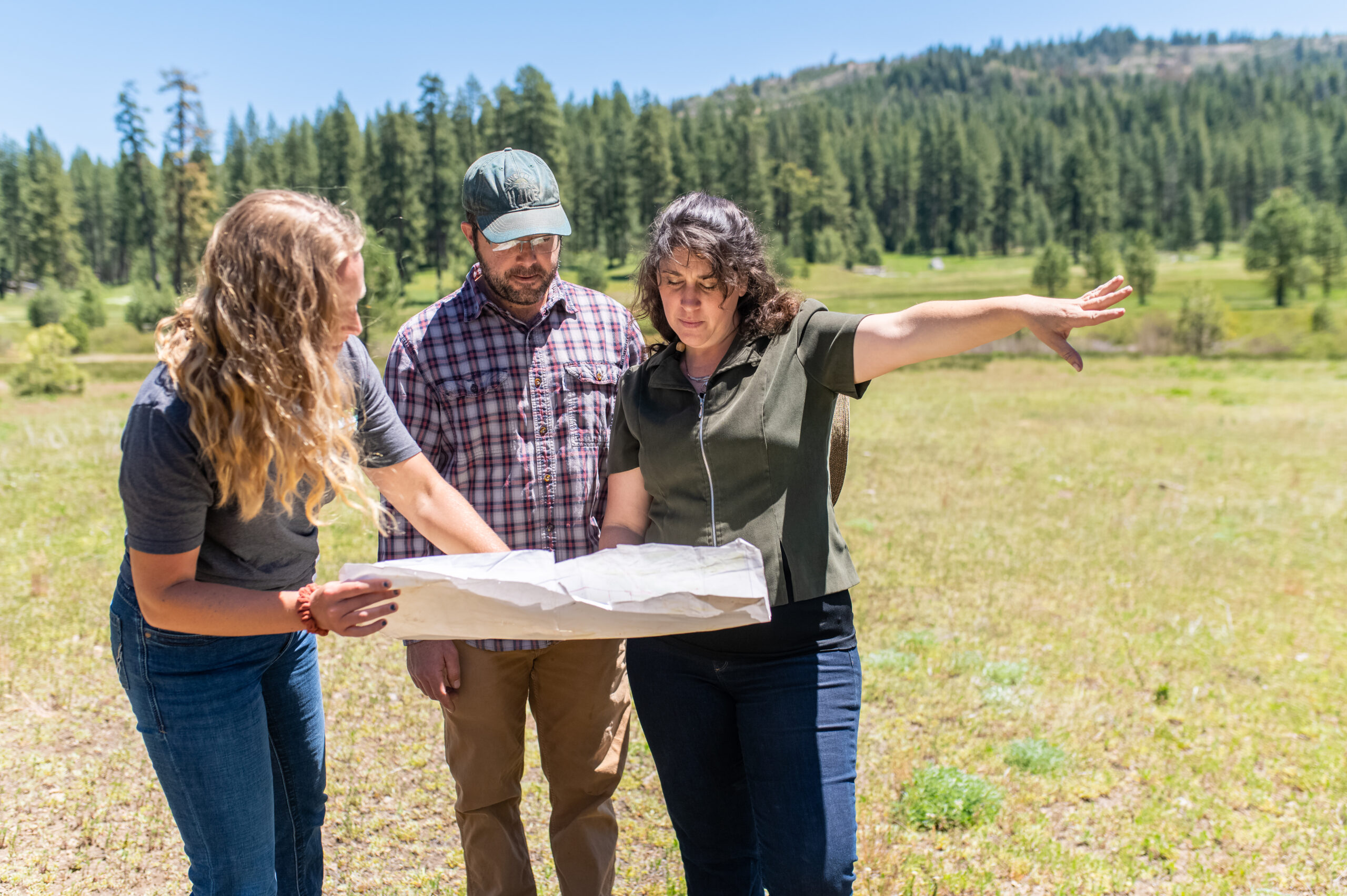
New Guide Released On Planning and Permitting Forest Fuel-Reduction Projects on CA Private Lands
With funding support from the North Coast Resource Partnership and the California Fire Science Consortium, this publication presents some key considerations and insights into selecting the appropriate permit to facilitate fuel-reduction projects on private lands—and offers insights into permitting larger fuel projects that involve multiple owners or multiple funding sources. The publication is organized around projects that take place before or after wildfires. It is intended for foresters, private owners of both small and large parcels of land, natural-resource professionals, and project developers. The publication includes decision trees to help landowners and resource managers crosswalk projects to permits.
A Video Introduction to CAL FIRE's CFIP Program
A Video Introduction to CAL FIRE's CFIP Program
The California Forest Improvement Program (CFIP) is CAL FIRE’s primary program that provides technical and financial assistance to landowners so they can do forest improvement work on their property that helps the state meet its wildfire resilience and forest management goals.
U.S. Forest Service Releases Handbook for Small Parcel Landowners
U.S. Forest Service Releases Handbook for Small Parcel Landowners
A significant portion of Sierra Nevada and southern Cascades forests are owned and managed as small parcels (10 to 100 acres) by nonindustrial private landowners. This handbook is for such landowners; it provides succinct, straightforward, and thorough information to help them develop a sound forest management strategy for their property.
This handbook was assembled by synthesizing information from a large body of current scientific literature, including printed and online sources, that provides relevant technical information for forest landowners. It is organized in a step-by-step manner to help landowners assess the condition of their property to make informed decisions rooted in the best available science. The handbook is built around four main chapters with attending worksheets that enable landowners to build a California cooperative forest management plan. The plan will help determine what, if any, management action(s) is needed on your land; how to obtain technical and financial support; and what, if any, permits may be necessary. This handbook uses easy to understand language that does not require any specific training in forest science or management.

